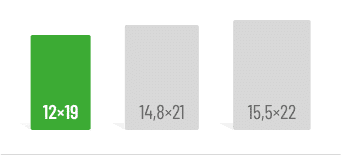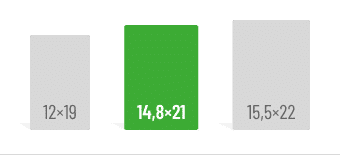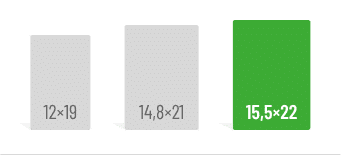First things first:
- The distinction between sources and literature is mainly important in history studies.
- It’s simple: Source = Object of analysis = Primary Source
Literature = Interpretations or analyses of the object = Secondary Sources
Formality and good style are essential in any academic paper. In writing workshops and intro courses on academic writing, students across the country learn the basics of citations, writing, and the formal aspects of a paper. So far, so good. But one point often leads to confusion: Why do we have both a source list and a bibliography? What’s the difference between the two, and how do you categorize each type of source? Luckily, the distinction between sources and literature is simpler than it might seem—at least if you’re not studying history. For history students, things are a bit more involved, but with a little guidance, it’s still pretty clear.
Source, tradition, relic: A question of definition
The distinction between sources and literature comes mainly from the field of history, which played a key role in shaping modern academic standards. To this day, history students, whether writing their first term paper or a PhD dissertation, must distinguish between a source list and a bibliography. The term “source” is pretty straightforward. Sources are any records of the past from which we can derive knowledge. The most common sources are written documents—whether they are diary entries, books, essays, newspaper articles, or other text forms. But numbers, pottery shards, coins, or tomb inscriptions can also be historical sources. In history, sources are further categorized into those that were intentionally or unintentionally preserved. Unintentionally preserved sources, called relics, are often everyday objects. A classic example might be inventory lists from medieval warehouses, which give historians valuable insight into trade networks, even though the original purpose wasn’t to leave a historical record. Traditions, on the other hand, are sources intentionally preserved for posterity. A prime example would be the works of famous historians, like Herodotus, who often included an introduction explaining their purpose.
Literature: Forms and categorization
Unlike sources, literature refers strictly to written works. Specifically, it means scholarly writings based on sources. These can be divided into four major categories based on formal criteria: monographs, anthologies, academic journals, and (less precisely) online sources. A monograph is the classic form of academic literature. If you grab a random book from a university library shelf, there’s a good chance you’ve got a monograph in your hands. It’s essentially a publication on a specific academic topic and can be written by one or more authors. Anthologies, on the other hand, are collections of academic essays on a particular subject. The essays in anthologies often offer different perspectives on a broader theme. For example, an anthology titled “Ancient Rome” might include essays on politics, economy, society, religion, military, and other aspects of Roman life. Unlike these two formats, academic journals are published regularly and reflect the latest research in their field. Lastly, there are online sources, like academic blog posts or digitized reference entries. Unlike the other three forms, online sources require a closer examination of their academic credibility—always check for citations and an imprint. This distinction applies beyond just history studies.
Source or literature?
So, what’s a source, and what’s literature? Unfortunately, the distinction isn’t always clear-cut, especially with written sources. Even a monograph can sometimes serve as a source for your paper. The key question to ask yourself is the classic academic one: What do I want to find out? For instance, if you’re writing a political science paper on the legal theories of Carl Schmitt, his monographs would count as primary sources for your paper. All other monographs, journals, anthologies, and online sources you use to interpret his work would go in your bibliography. When you read Schmitt’s own work, you’re getting information “firsthand,” but when you read monographs or journal articles, you’re getting ideas that have already been filtered through the minds of other authors—“secondhand.” In English-speaking academia, you’ll often see the terms primary sources and secondary sources, which simplify the somewhat more complicated German distinction.
Even if your professor insists on being strict with this distinction, don’t worry. This strict separation between source and literature lists usually only applies to history. In most other disciplines, the line isn’t so rigid. A quick check of the guidelines or a chat with your professor should clear things up. With a little practice—and maybe the right reading recommendations—this hurdle will seem much smaller than it first appeared, and any confusion can be quickly cleared up.
External sources:
Freytag, Nils, Piereth, Wolfgang: Kursbuch Geschichte. Tipps und Tricks für Wissenschaftliches Arbeiten, Paderborn5 2011.







